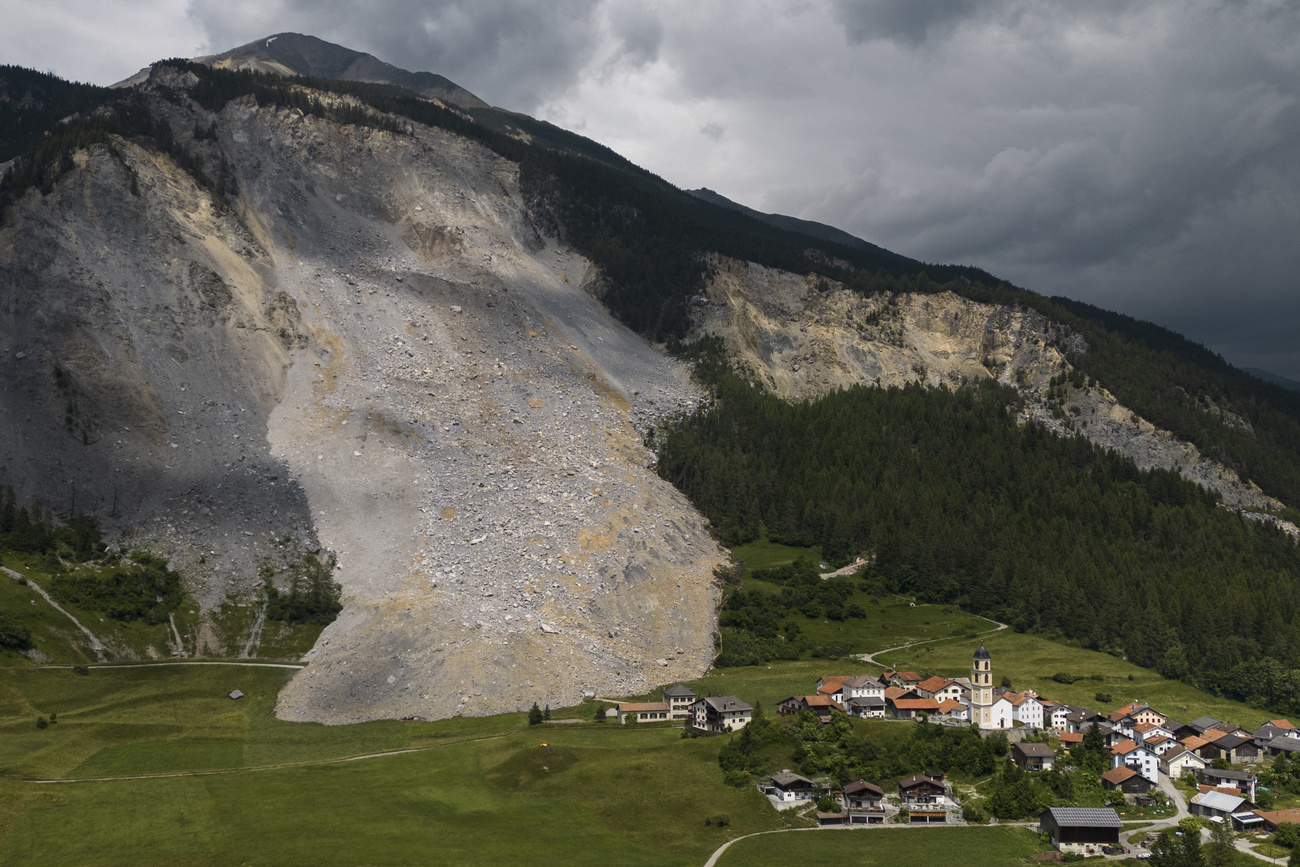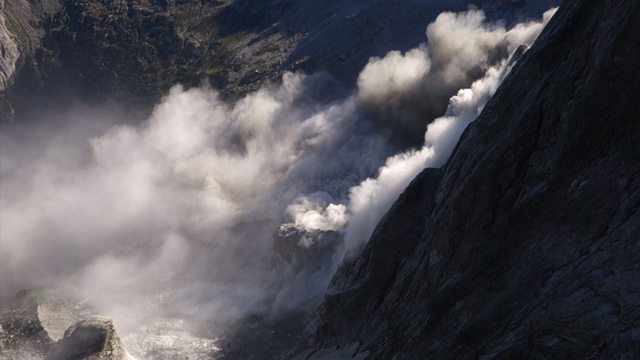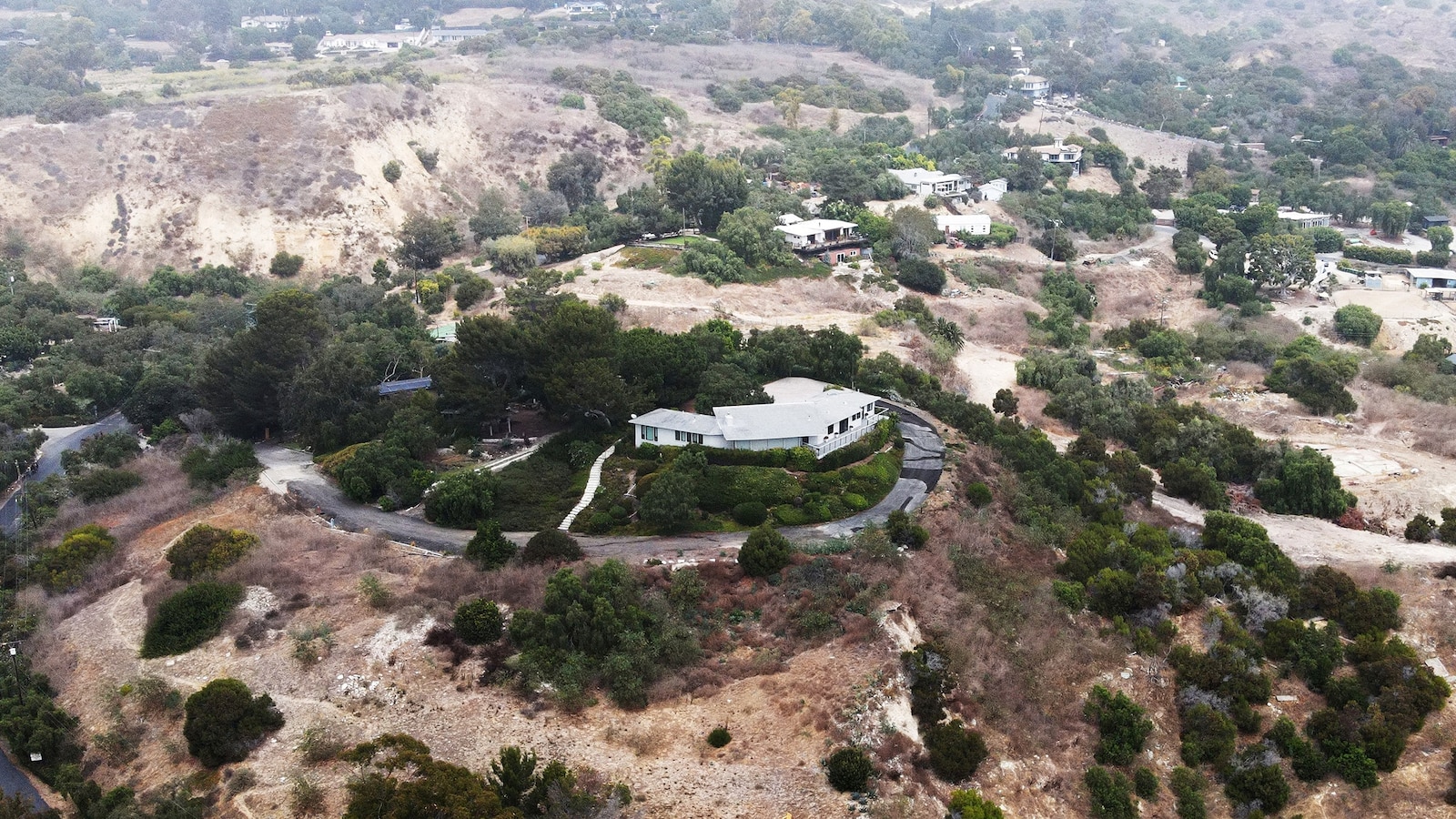Protecting A Swiss Mountain Village From The Threat Of Landslides

Table of Contents
Assessing the Risk: Understanding Landslide Vulnerability
Effective landslide protection begins with a thorough understanding of the risks involved. A comprehensive landslide risk assessment is paramount for identifying vulnerable areas and informing appropriate mitigation strategies. This process involves several key steps:
- Detailed Geological Surveys: These surveys utilize advanced techniques to identify unstable slopes and areas prone to landslides. Geotechnical engineers meticulously examine soil composition, slope angles, and groundwater levels to pinpoint high-risk zones.
- Advanced Technology Integration: Modern technologies like LiDAR (Light Detection and Ranging) and GIS (Geographic Information Systems) are crucial tools. LiDAR provides highly accurate 3D terrain models, while GIS facilitates the creation of detailed hazard maps, visualizing areas with high landslide probabilities.
- Historical Data Analysis: Studying historical landslide occurrences provides invaluable insights. Analyzing past events helps predict future potential landslides, assessing their frequency, magnitude, and likely impact on the village. This historical data is vital for accurately modelling future risks.
- Community Involvement: Local knowledge is crucial. Residents can provide invaluable information about past landslides, identifying potential triggers such as heavy rainfall patterns, unusual ground movements, or the effects of seismic activity. Their insights enhance the accuracy and effectiveness of the risk assessment.
- Comprehensive Risk Assessment Report: The culmination of the assessment process is a detailed report that clearly defines landslide risks, identifies vulnerable areas, and quantifies potential impacts. This report guides the development of effective mitigation strategies and informs community preparedness plans.
Implementing Effective Mitigation Strategies: Engineering Solutions & Sustainable Practices
Once the landslide risk is assessed, implementing effective mitigation strategies is crucial. This involves a combination of engineering solutions and sustainable practices:
- Slope Stabilization Techniques: Engineering solutions often involve constructing robust retaining walls and terraces to reinforce unstable slopes. These structures prevent slope failure and redirect potential landslide paths away from the village.
- Drainage System Implementation: Effective drainage systems are essential for reducing soil saturation. Diverting surface water and managing groundwater levels mitigates the risk of landslides by reducing pore water pressure within the soil.
- Reforestation and Afforestation: Planting trees and vegetation strengthens soil stability and reduces erosion. The roots bind the soil together, making slopes more resistant to landslides, while also helping to absorb excess rainfall.
- Bioengineering Techniques: Utilizing natural materials and vegetation in slope stabilization offers a sustainable approach. Techniques such as vegetative barriers and live staking reinforce slopes naturally, blending seamlessly with the environment.
- Regular Maintenance and Inspection: Ongoing maintenance and regular inspections of all implemented mitigation measures are essential. Early detection and repair of any damage prevents the degradation of protective infrastructure and ensures long-term effectiveness.
Early Warning Systems: Protecting Lives and Property
An effective early warning system is critical for protecting lives and property. This involves a combination of advanced monitoring technology and community preparedness:
- Sensor Network Installation: Deploying a network of sensors to monitor ground movement, rainfall intensity, and other potential landslide triggers provides real-time data. This data allows for the prediction of imminent landslides.
- Real-time Data Analysis: Sophisticated software analyzes real-time data from sensor networks to identify patterns and predict potential landslides with greater accuracy. This allows for timely warnings to be issued.
- Emergency Response Plan Development: A well-defined and regularly tested emergency response plan is critical. This plan outlines evacuation routes, communication protocols, and procedures for providing assistance to affected residents.
- Community Education Programs: Educating residents about landslide risks, warning signs, and safety procedures is paramount. Regular training and drills enhance community preparedness and response capabilities.
- Effective Communication Channels: Establishing clear and reliable communication channels ensures that warnings reach residents promptly. Multiple communication methods, including sirens, mobile alerts, and community broadcasts, are often employed.
Community Engagement and Education: A Crucial Component of Landslide Protection
Community participation is vital for the success of any landslide protection initiative. Active engagement fosters a sense of shared responsibility and increases the overall effectiveness of mitigation efforts:
- Public Awareness Campaigns: Educating residents about landslide risks, warning signs (such as unusual ground cracking or increased water flow), and appropriate safety procedures is paramount. This ensures the community understands the threat and knows how to react.
- Participatory Planning: Involving the community in the planning and implementation of mitigation measures fosters ownership and ensures that solutions are relevant and acceptable to local residents.
- Hazard Reporting Mechanisms: Establishing clear communication channels for reporting potential landslide hazards allows for prompt assessment and response. This could include a dedicated phone line, online reporting system, or designated community representatives.
- Disaster Preparedness Drills: Organizing regular drills and simulations enhances community preparedness and response capabilities. These drills ensure that residents know how to react in the event of a landslide.
- Building Community Resilience: Promoting community resilience through collective action, support networks, and shared responsibility strengthens the community's capacity to withstand and recover from a landslide event.
Conclusion
Protecting Swiss mountain villages from the threat of landslides requires a comprehensive and multi-faceted approach, combining advanced technology, effective engineering solutions, sustainable practices, and strong community engagement. By implementing robust risk assessment, mitigation strategies, and early warning systems, these unique communities can safeguard their lives, livelihoods, and cultural heritage. The combination of scientific expertise and community participation is key to building resilience against this natural hazard.
Call to Action: Learn more about protecting your Swiss mountain village from the devastating effects of landslides. Explore effective landslide mitigation strategies and discover how community involvement is essential for building resilience against this natural hazard. Invest in protecting your community – learn more today!

Featured Posts
-
 Emergency Livestock Evacuation In Swiss Alps Following Landslide Warning
May 23, 2025
Emergency Livestock Evacuation In Swiss Alps Following Landslide Warning
May 23, 2025 -
 Memorial Day Weekend Wwe Wrestle Mania 41 Golden Belts And Ticket Sales
May 23, 2025
Memorial Day Weekend Wwe Wrestle Mania 41 Golden Belts And Ticket Sales
May 23, 2025 -
 Honeywell International Inc Hon Eyes Johnson Matthey Catalyst Business
May 23, 2025
Honeywell International Inc Hon Eyes Johnson Matthey Catalyst Business
May 23, 2025 -
 The Border Mails James Wiltshire 10 Years In Pictures
May 23, 2025
The Border Mails James Wiltshire 10 Years In Pictures
May 23, 2025 -
 Emergency Evacuation In Swiss Mountains Landslide Warning
May 23, 2025
Emergency Evacuation In Swiss Mountains Landslide Warning
May 23, 2025
